
We’ve all been there. We are working on a project and can’t get to completion. Or not to a completion for which we are satisfied The project could be something short-term, an assignment for a client, writing the next blog, or it could be something big, perhaps a life decision.
- Some of us power through, get to an acceptable answer and move on.
- Some of us pause, ruminate, beat ourselves up for not getting the “right” answer, or even stop altogether.
Whatever your default modus operandi, I invite you to consider an alternative: meditate on it.
Meditation can be
- Sitting quietly in the traditional form of meditation for a few minutes today, for several days, weeks, or even more, depending on the scope of the challenge.
- Scheduling what one of my clients refers to as “library time,” time with yourself to write, think, and plan.
- Or, it could be reading something that inspires you, going for a walk or going for a run.
Whatever it is for you, next time you get stuck, consider meditating on it.

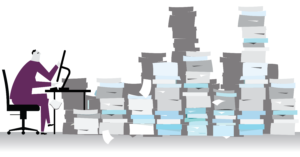
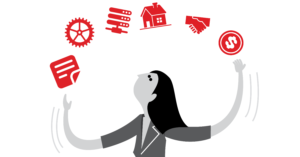


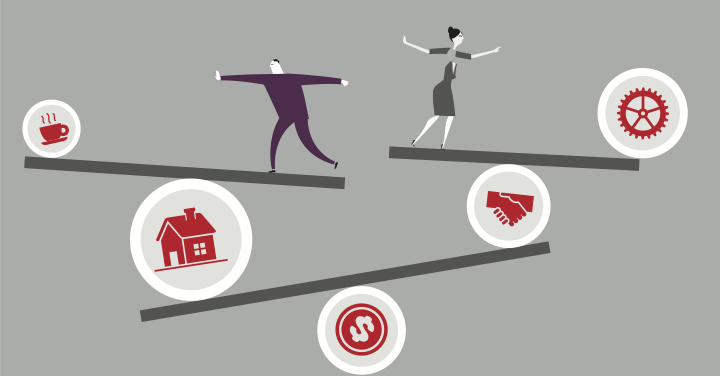
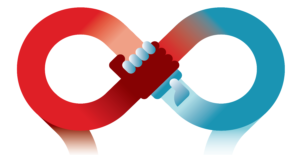
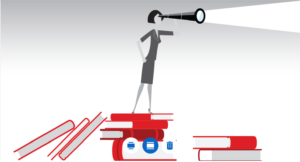
 The initial results of my Pivot are excellent. I feel I have much greater clarity regarding the next 3-5 years..
The initial results of my Pivot are excellent. I feel I have much greater clarity regarding the next 3-5 years.. 